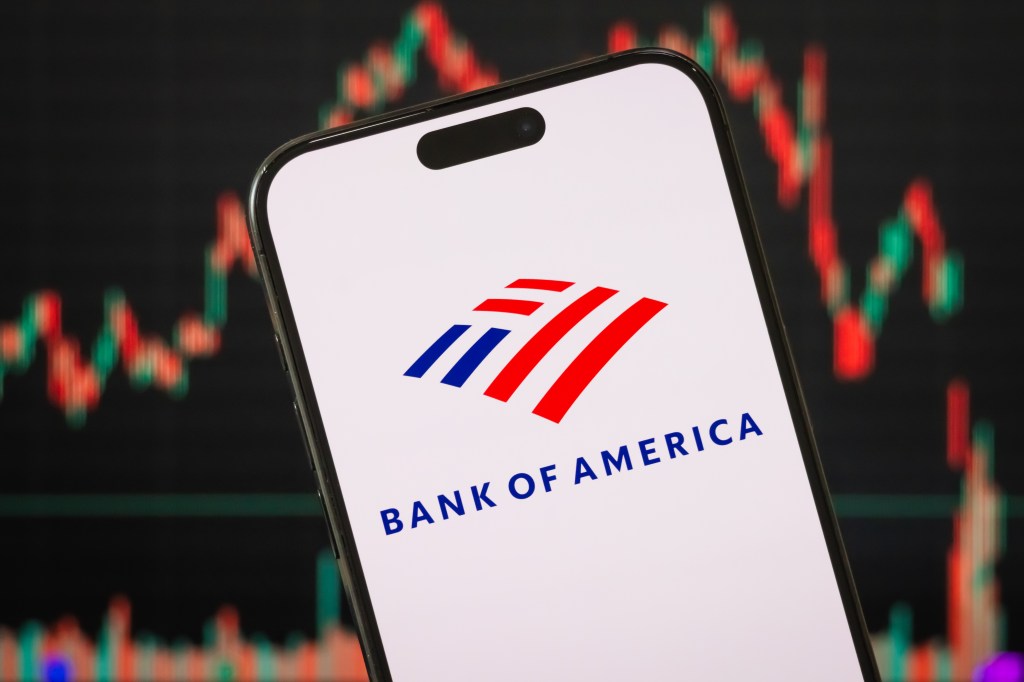As part of the final stage of approvals the SEC requires before an ETF can be listed, asset management companies VanEck, 21Shares and Bitwise have recently filed amendments to their S-1 registrations registering ether ETFs.
This paves the way for these assets to be listed imminently, perhaps as soon as the end of July. These filings coincide with two interesting developments in crypto regulation: the overturning of the Chevron doctrine, and the formulation of a new bill that would classify decentralized cryptocurrencies as commodities, ending a morass of regulatory uncertainty.
Commodities and securities
Because “decentralized” cryptocurrencies such as bitcoin and ether do not have issuers or promoters that regulate its supply and price, they resemble the futures and options the CFTC was created to regulate.
This puts them at odds with most other forms of cryptocurrency, which more closely resembles securities.
The SEC has been unclear about whether it officially considers decentralized cryptocurrencies such as bitcoin and ether to be securities or commodities. And SEC chair Gary Gensler has certainly been unclear over ether’s proper designation.
For years, crypto industry participants and advocates have urged lawmakers to pass legislation that would classify cryptocurrencies as commodities, extricating them from the SEC’s jurisdiction.
These legislative efforts should be considered in light of the US Supreme Court striking down the long-standing Chevron doctrine of court deference to the decisions of regulatory agencies.
Congress passed a bill on May 22 titled Financial Innovation and Technology for the 21st Century Act (“FIT 21”) that would provide some regulatory clarity. Under its scheme, decentralized and non-decentralized crypto will be split between the purviews of the CFTC and the SEC, respectively.
A new bill being formulated by Senator Stabenow (D-MI) would likely go even further, placing even decentralized crypto within the regulatory ambit of the CFTC.
Furthermore, Stabenow’s proposal would require crypto firms to hold sufficient capital reserves and furnish retail investors with accurate information about its assets. Further details on the exact language of the proposed bill will likely be released next week.
Another perspective
The mainstreaming of bitcoin and ether as commodities away from the clutches of the SEC has been met with opposition by the likes of Senator Elizabeth Warren (D-MA), who have urged a stronger regulatory stance against cryptocurrency.
In a recent speech at William & Mary Business Law Review’s Third Annual Symposium, SEC Enforcement Director Gurbir Grewal highlighted the historical importance of his agency’s ability to interpret the definition of securities flexibly, and the urgency of doing so to combat scams and other illicit activities.
These concerns have been echoed by left-leaning lawmakers, who have long urged strengthening the SEC’s control over cryptocurrencies due to their common use in fraudulent and criminal transactions. Conversely, conservatives favor regulation by the CFTC, which has fewer enforcement resources at its disposal.
New paradigm for crypto (de)regulation
These legislative efforts have arisen in the shadow of Loper Bright Enterprises v Raimondo, in which the US Supreme Court struck down the long-standing Chevron doctrine of court deference to the decisions of regulatory agencies.
Indeed, the SEC’s power to regulate crypto is due to its designation of non-decentralized cryptocurrency as a type of security called an “investment contract,” where profits are reasonably expected to be derived from the work of others. This formula has long been criticized by industry participants and conservative-leaning regulators like CFTC Commissioner Caroline Pham, and even with the Chevron doctrine in place this designation rested on unsteady legal ground. Now its position is even more precarious.
The end of Chevron deference could frustrate the SEC’s previous interpretations around cryptocurrency and its shaping of industry participants’ behavior with aggressive regulatory action.

















